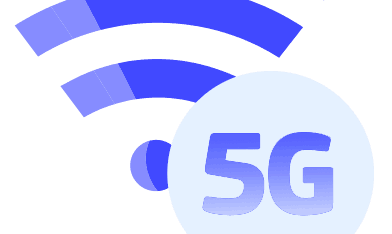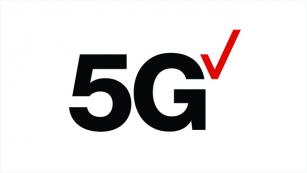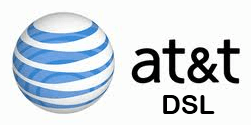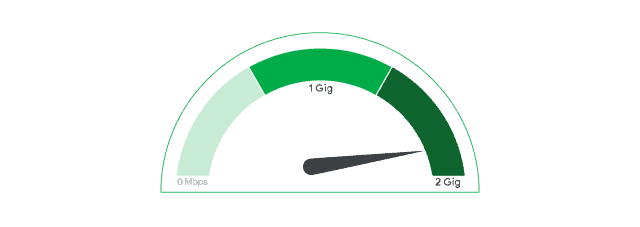FCC Considering 18-24 Month Delay of $9 Billion Rural 5G Subsidy Until Accurate Coverage Maps Appear
 The FCC is likely to delay for up to two years a massive $9 billion subsidy program that will provide 5G wireless service in rural America because the agency’s broadband coverage maps are too flawed to credibly determine where the money is needed.
The FCC is likely to delay for up to two years a massive $9 billion subsidy program that will provide 5G wireless service in rural America because the agency’s broadband coverage maps are too flawed to credibly determine where the money is needed.
The delay is just the latest in a series of speed bumps that have slowed down rural wireless service expansion, hampered mostly by service coverage maps that typically over-promise service that just doesn’t exist in many areas.
A revised subsidy program would double the funds available for rural wireless service, but delay projects at least 18-24 months, with the first awards granted sometime in late 2022.
The wireless subsidy program is designed to enhance rural wireless/mobile coverage across the United States. The FCC estimates about 83% of rural America is currently covered by 4G LTE service providing an average of 10/3 Mbps. In urban and suburban communities, 97% of areas have 4G coverage and often at faster speeds. Small, independent wireless carriers have popped up to serve rural states and regions that have been ignored by AT&T, Verizon, and T-Mobile, but coverage gaps still remain far from well-traveled interstate highways or in mountainous regions. Carriers have typically considered those areas unprofitable to serve, failing Return On Investment formulas that expect investments to pay off within a certain number of years. Wireless subsidies cover a portion of the cost to build and operate unprofitable rural cell towers, coaxing wireless companies to be more willing to expand coverage.
The ongoing problem of wireless coverage accuracy has had a direct impact on rural funding programs that have rules forbidding spending in areas that already have coverage. Wireless companies with overeager marketing departments have routinely issued coverage maps claiming solid 4G LTE coverage in areas where many claim it doesn’t exist. The conflict over accurate coverage maps became so contentious, the FCC canceled plans to spend billions on wireless subsidies in late 2019 until more accurate coverage maps could be created.
Next week the FCC plans a vote to authorize the new $9 billion subsidy program, but funds will likely be held until wireless companies can prove their coverage claims and update coverage information so the FCC can pinpoint areas that can qualify for the funds.
“This approach won’t be the fastest possible path,” FCC Chairman Ajit Pai wrote. “But it will allow us to identify with greater precision those areas of the country where support is most needed.”


 Subscribe
Subscribe Verizon customers in over 1,800 cities across the United States can now get a speed boost with the launch of Verizon’s nationwide Dynamic Spectrum Sharing (DSS) 5G, which runs simultaneously with existing 4G LTE on the same lower band spectrum, giving customers with 5G-capable devices faster service.
Verizon customers in over 1,800 cities across the United States can now get a speed boost with the launch of Verizon’s nationwide Dynamic Spectrum Sharing (DSS) 5G, which runs simultaneously with existing 4G LTE on the same lower band spectrum, giving customers with 5G-capable devices faster service. AT&T stopped accepting orders for traditional DSL service from customers across its landline service area on Oct. 1, and will no longer allow existing customers to change speeds or transfer DSL service if they move to a new address.
AT&T stopped accepting orders for traditional DSL service from customers across its landline service area on Oct. 1, and will no longer allow existing customers to change speeds or transfer DSL service if they move to a new address. Only AT&T’s DSL service has been discontinued. The company claims about a half million customers still get DSL service from AT&T as of the second quarter of 2020. Most don’t choose DSL by choice. It is often the only option, because the customer lives in a rural area where no other options for internet service exist. That may leave some new customers with no options for wired internet service at all.
Only AT&T’s DSL service has been discontinued. The company claims about a half million customers still get DSL service from AT&T as of the second quarter of 2020. Most don’t choose DSL by choice. It is often the only option, because the customer lives in a rural area where no other options for internet service exist. That may leave some new customers with no options for wired internet service at all. A week after the cable industry
A week after the cable industry  The Federal Communications Commission has announced a new updated version of its FCC Speed Test app, helping consumers evaluate their internet connection while also sharing performance data with the Commission.
The Federal Communications Commission has announced a new updated version of its FCC Speed Test app, helping consumers evaluate their internet connection while also sharing performance data with the Commission.